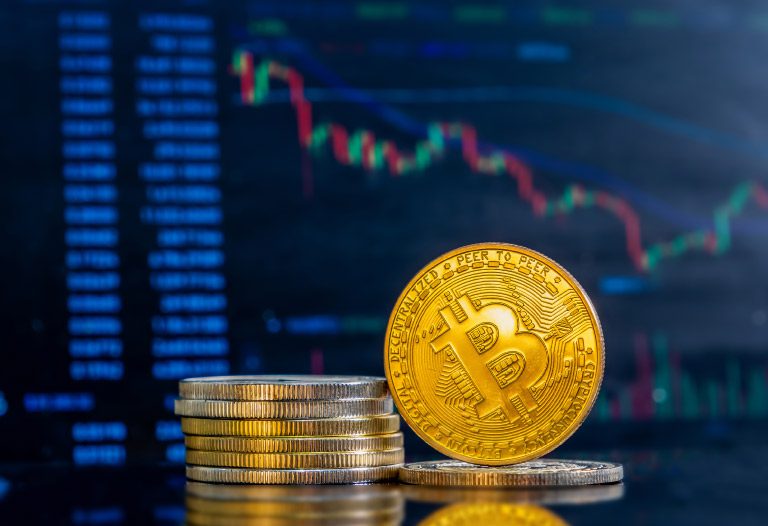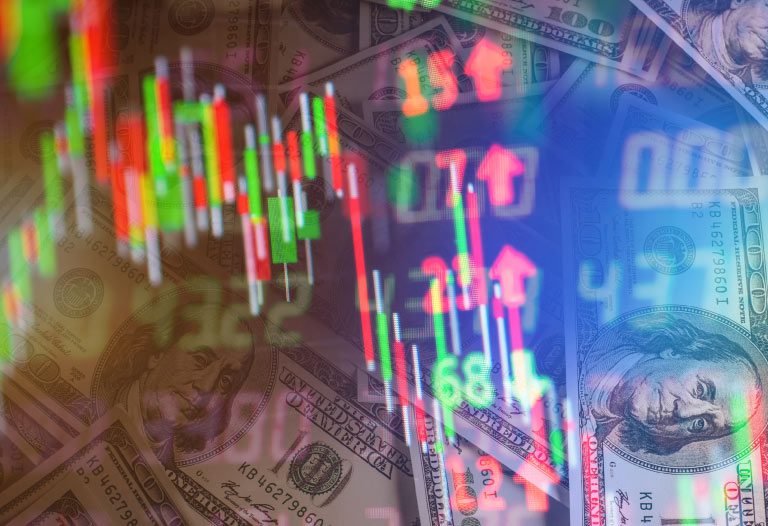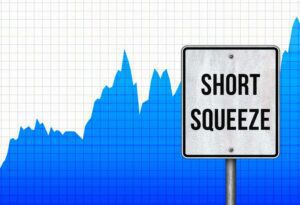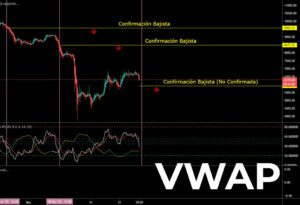
Table of Contents
ToggleWhen a person enters the crypto ecosystem, he/she encounters a universe of new words and ideas, which can lead to confusion. Although the concepts of trading and holding are not specific to this world, they are often interchanged interchangeably, causing misunderstandings.
The reality is that these ways of relating to the market are so dissimilar that they have led to the creation of two clearly differentiated groups and even to certain disputes via social networks.
While trading is focused on the short term and profit maximization, those who choose holding have a longer time horizon in mind and pursue “value” rather than profit in the near future.
In this article, I develop each concept so that we do not confuse them again.
Is trading the same as holding?
After reading the introduction to this article, you can see that we are talking about two different concepts. However, I will begin by saying that there is a common factor that unites the desire or final objective of both activities and this is the obtaining of a profit or earnings by means of the use of one’s own capital.
The differences between trading and holding companies can be observed when analyzing how and when they intend to achieve their objective.
Traders usually trade in short time windows, up to a few months, but it is more common for traders to make market entries that last weeks, days, hours and even a few minutes. While holders are able to hold their positions for years, even decades. The latter, within the crypto world, only some bitcoiners of the first era can boast it.
In terms of how they do it, the big difference is the tools that each group uses to make decisions. Holders rely on the fundamentals that the object of their acquisition possesses. The analysis of the activity carried out by the company or its product plays an essential role when deciding whether or not to deploy its capital.
Traders, on the other hand, focus their decisions on technical analysis and their obsession is to guess “the candle on the right” or, said in common parlance, what will be the next movement that the price of a stock, or a cryptocurrency in our world, will have.

What is a Holding?
Holders are long-term investors, so they keep holding one or several cryptocurrencies for a long period of time without selling them. This is the most popular strategy used in the crypto market, as most users do not have the necessary knowledge and desire to trade cryptocurrencies, i.e. buy and sell cryptocurrencies waiting for the price to go up or down.
Phrases such as “I’m not selling”, the omnipresent “Hodl” or simply incitements to “buy the dip” (price drops or corrections), identify these long-term holders. Undoubtedly, these beings are endowed with great courage, boosted by their confidence in the asset they defend, which leads them to withstand brutal price fluctuations.
Holders, unlike traders, when they buy a cryptocurrency, know that it will remain in their wallet for an undetermined period of time, which usually exceeds a minimum of one year. The DeFi ecosystem has opened up the possibility for them to generate passive returns while holding their positions.
Although this possibility increases the risks, by exposing themselves to the possible vulnerabilities that a smart contract may have, it is an option that provides an alternative way to generate profits than just waiting for the price of the cryptocurrency or token to escalate. In this way, it is possible for them to re-invest these profits in order to increase their positions.
Holders and fundamentals as a holy grail
Many times, especially those who are new to this ecosystem, take with surprise the calmness that holders show in the face of the large price variations to which their holdings are subjected.
This peace of mind comes from the fundamental analysis they have carried out prior to disbursing their own capital. Holders often repeat that “price or capital follows value”. This demonstrates the conviction they have about their positions. For these beings, the price does not usually represent the true potential behind projects such as Bitcoin or Ethereum. Due to this conviction, it is because of this conviction that in times of large downward corrections in the crypto world’s share prices, a “holder” may ask “are you buying on this drop?”.
In short, just as traders entrust their capital to their knowledge of technical analysis, investors or “holders” of the crypto world rest at night thanks to their detailed analysis of the available technologies and their future projections.
It is here that we come across another coincidence, between both groups, either of the two activities is a bet on the future.
Trading
We can define trading as the regular buying and selling of financial instruments, cryptocurrencies or tokens in our case, with the aim of making profits by anticipating future market movements.
One purpose that differentiates them from holders is the belief that by means of this activity, carried out in a constant and repetitive manner, they will be able to obtain greater returns than those derived from long-term investments. To shed light on the matter, some “traders” pretend to obtain in a month what a holder obtains in a year.
It is evident that this activity requires not only great daily attention, an excellent preparation in technical analysis and enough backbone to withstand constant losses, but also nerves of steel and an excellent knowledge of how psychology works in trading.
Traders and the obsession with the right-hand candle
Users in this group tend to focus on the price of the cryptocurrency on which they will trade, without giving much thought to the technological background behind it. Nor do they pay attention to the philosophy behind the currency or the problems it seeks to solve. Their obsession is to anticipate the next price movement and act accordingly.
This group tries to anticipate the market by means of technical analysis, a technique that allows them to carry out detailed research on past price action, by reading charts and establishing patterns in price movements.
What types of traders are there?
Trading is a complex activity and, as such, it has different ways of carrying it out that give specific names to those who participate in this environment.
Let’s get to know them:
- Scalpers: Its name comes from its activity, “scalping”. Their purchases are sustained for a few seconds, and can reach up to a few minutes. The intention of the scalpers is to try to generate small profits, by means of many purchases-sales, during the day.
- Day traders: Their time frame is longer than that of scalpers, seeing their maximum in one day. Day traders will never leave a position open before the end of the day.
- Swing traders: These players hold their positions for periods ranging from one day to a few weeks. The objective is to follow market trends in order to maximize profits and minimize losses.
- Position traders: By holding their positions for months or even a year, this subgroup of “traders” are the closest to the thinking of a holder. Their decisions are made based on technical analysis, but they also consider fundamentals prior to opening or closing a position.

To be a trader or to be a holder?
When coming into contact with a market, whether it is the traditional capital market or the crypto ecosystem, both methods present themselves as potential paths to choose. Several of us have even tried to develop both simultaneously until time put us in our proper place.
For those who are not yet clear about the way in which they will interact with this world, it is a good idea to opt for test environments. Both specific trading applications, centralized or decentralized exchanges, as well as DeFi platforms, offer the possibility to test, free of charge, the interaction with their services. In this way, it is possible to have a sample of how we put into practice what we have previously studied.
Leaving aside personal choice and the environment in which one feels more comfortable, from my point of view, the most important decision parameters to be considered in order to choose between being a trader or a holder are:
- Temporary availability
- Deadlines
- Available capital
- Risk aversion
- Personality
By defining the above parameters, added to your own research on the risks of each activity, making a decision will be relatively simpler.
Anyway, life is not only composed of black and white, there is always the possibility of resting on an intermediate gray and these activities are not mutually exclusive. By this I mean that whoever spends most of his time as a trader can also allocate a percentage of his “portfolio” to holding for long periods of time.
Final thoughts
Now that we are clear about the differences between these two ways of relating to the market, crypto in this case, we can not only avoid confusion in the future, but also decide how to carry out our activities in this area.
Beyond personal preferences, the risks we are willing to take and the expectations we have, both trading and loitering are valid options and there are fervent advocates of each decision.
Undoubtedly, what the representatives of both sides are not exempt from is to study in depth the techniques they will use in order to reach their goals and, fundamentally, to elaborate a detailed and robust plan that deserves to be respected.








